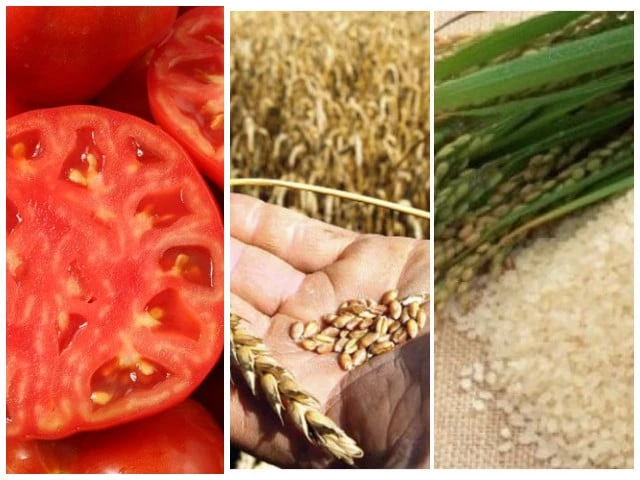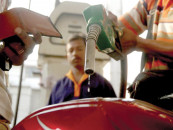Yearly SPI rises 5.03% on high cost of essentials
Tomato prices up 90%; sugar and wheat flour add to inflationary pain

Inflationary pressures continued to trouble households across Pakistan as the Sensitive Price Indicator (SPI) recorded a year-on-year (YoY) increase of 5.03% for the week ended September 11, 2025.
According to data from the Pakistan Bureau of Statistics (PBS), the surge was largely driven by extraordinary spikes in prices of tomatoes, ladies' sandals, gas charges for Q1, sugar and wheat flour. Additional upward pressure came from pulses, beef, firewood and vegetable ghee, reflecting both supply-side disruptions and higher energy costs.
The weekly SPI, which tracks price movements of 51 essential items in 17 urban centres to gauge short-term inflation, showed that the cost of wheat flour plunged 9.80%, providing some relief to consumers. Prices of chicken dropped 3.20%, bananas fell 3.10%, while gur edged down 0.30%.
These declines, however, were overshadowed by steep hikes in key vegetables and fuels. Prices of onions surged 12.17% during the week, tomatoes rose 10.47% and potatoes climbed 3.57%. Among non-vegetable items, liquefied petroleum gas (LPG) became dearer by 3.10%, Irri-6/9 rice by 1.63%, eggs 1.52%, sugar 1.46% and pulses, including moong and mash, more than 1%.
Prices of firewood, lawn (printed fabric) and shirting edged up slightly, reflecting persistent cost pressures in both food and non-food categories.
Out of the 51 items monitored by the PBS, 22 registered an increase in prices, four recorded a decline, while 25 remained unchanged, showing that nearly half of the essential commodities offered no respite to consumers.
The mixed trend underlined the fragile balance between supply and demand, particularly in perishable items like onions and tomatoes, where seasonal factors and distribution challenges played a key role in price spikes.
On a YoY basis, the SPI showed an overall increase of 5.03% compared with the same week of last year. The most dramatic jump was seen in tomatoes, whose prices skyrocketed 90.07%, reflecting acute supply shortages.
Prices of ladies' sandals were up 55.62%, while gas charges for Q1 climbed 29.85%, sugar 29.33% and wheat flour 18.65%. Pulses, beef and vegetable ghee also remained considerably higher than last year, highlighting broad-based inflationary pressures.
In contrast, some items recorded sharp declines over the year, including onions (-40.28%), garlic (-26.69%), electricity charges for Q1 (-21.37%), pulse mash (-20.89%), pulse gram (-20.43%) and potatoes (-15.70%).
The SPI data also revealed variations across income groups. For the lowest quintile of households, the week-on-week inflation slipped 0.10%, while the second quintile experienced a decline of 0.13%. Middle-income groups saw similar marginal decreases, but the highest quintile witnessed a slight increase of 0.06%, suggesting that wealthier households faced relatively higher inflation due to their consumption patterns, which included items that became costlier during the week.
The weekly trend underscores that while headline inflation may have eased marginally, the volatility in essential food prices continues to weigh heavily on consumers. Analysts caution that seasonal supply disruptions due to floods, fluctuations in energy costs and currency pressures could keep inflation elevated in the coming weeks.




















COMMENTS
Comments are moderated and generally will be posted if they are on-topic and not abusive.
For more information, please see our Comments FAQ